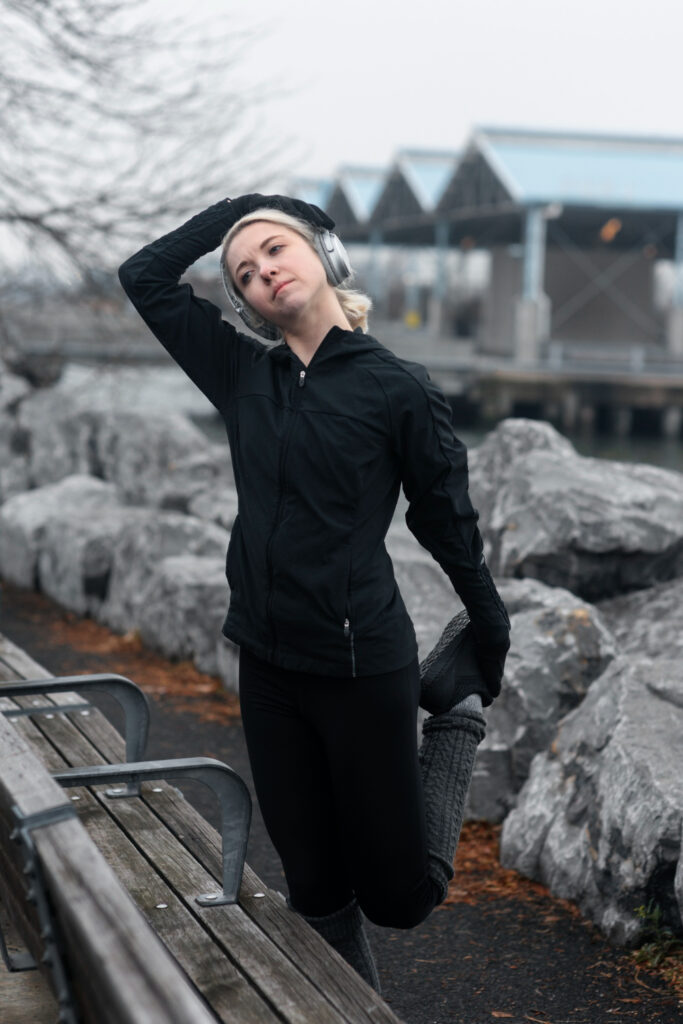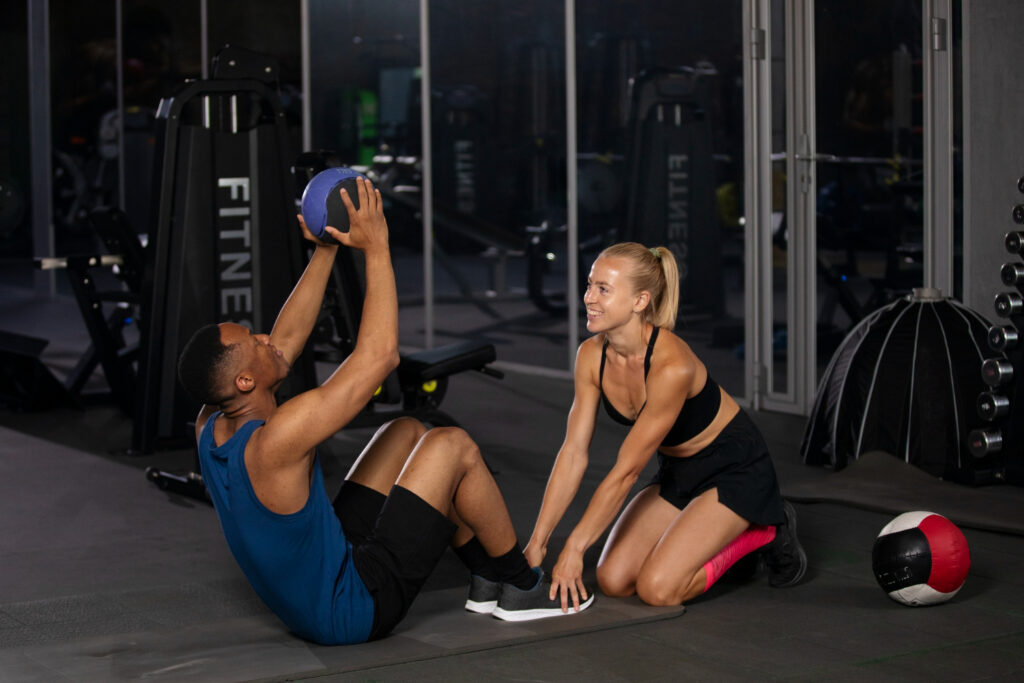Running in winter can be refreshing, but it also brings challenges that summer runs don’t. Cold air, icy paths, and biting winds mean that your choice of clothing matters more than ever. The right run outfit winter setup helps you stay warm, safe, and comfortable while keeping your body free to move. Dressing smartly not only protects you from the cold but also improves performance by allowing you to run longer without discomfort.
Understanding the Basics of a Run Outfit for Winter
A good run outfit winter is about finding balance. Cold weather affects your body differently than warm conditions. Muscles take longer to warm up, breathing feels sharper in the lungs, and the skin reacts quickly to freezing temperatures. If you overdress, you’ll start sweating, and wet clothing in winter can make you colder. If you underdress, your body will struggle to keep warm, increasing the risk of injury or fatigue.
This is why choosing the right winter running gear is less about fashion and more about function. Each piece of clothing in your outfit plays a role in protecting you while letting your body regulate its natural temperature.
Choosing the Right Layers for Winter Running
When planning your run outfit winter, layers are the secret to comfort. Instead of wearing one heavy jacket, runners benefit from layering light and functional pieces. Each layer has a role.
The base layer sits directly on your skin and should keep moisture away. A good base layer prevents sweat from clinging and making you feel cold. Over this comes the mid-layer, often a thermal or fleece-style top, which provides warmth by trapping body heat. The final piece is the outer layer. This jacket or shell is your shield against wind, rain, or snow. Unlike a bulky coat, it should be light and breathable, allowing excess heat and sweat to escape.
Together, these three layers create flexibility. You can remove or adjust depending on how your body feels and what the weather brings. This approach keeps your run outfit winter adaptable and efficient.
Essential Winter Running Tops and Jackets
The upper body is where heat loss happens fastest, so choosing the right tops is key. Long-sleeve running shirts made of synthetic or merino wool fabrics work best as they keep sweat away from your skin. Cotton should be avoided because it absorbs moisture and leaves you cold.
For jackets, winter running calls for materials that block wind but do not trap sweat. A lightweight, windproof jacket is often better than a heavy padded one. Some runners prefer water-resistant jackets to handle sleet or light snow. Many modern winter jackets for running also include reflective details, an important safety feature during darker months.
The best run outfit winter balance for tops is one that feels snug but not restrictive, warm but not suffocating, protective but still breathable.
Bottoms and Legwear for Cold-Weather Runs
The legs generate a lot of heat while running, but they still need protection. Thin leggings might not be enough when the temperatures drop. Thermal tights or insulated leggings are the most reliable option. They stretch well, allowing movement while still keeping muscles warm.
For runners in extremely cold conditions, wearing two layers on the legs may help, starting with a thin base tight and then a thicker thermal option on top. Windproof panels around the thighs or knees are also popular, as these areas face the most exposure.
Choosing the right bottoms ensures your run outfit winter keeps circulation flowing while avoiding stiffness in the muscles. Comfortable, well-fitted leggings also prevent chafing during long runs.
Footwear and Socks for Winter Running
Shoes are one of the most important parts of any run outfit winter setup. Regular running shoes might struggle with icy or wet ground. Winter running shoes often have better grip, with rugged soles designed for traction. Some are water-resistant or even waterproof, keeping feet dry when running through slush or snow.
Socks should not be overlooked. Thin cotton socks will leave your feet cold and damp. Wool-blend or thermal running socks work far better because they keep warmth while pulling moisture away. In freezing conditions, some runners double up on socks, but the fit must stay comfortable to avoid blisters.
The right footwear means your run is not only warmer but also safer, reducing the chance of slipping or discomfort from wet shoes.
Accessories That Complete a Winter Run Outfit
No run outfit winter is complete without accessories. Small items make a big difference in comfort. A running hat or beanie keeps your head warm, preventing heat loss through the scalp. Gloves are essential because fingers can quickly go numb in freezing air. Some gloves are touch-screen friendly, allowing you to adjust music or apps without removing them.
Headbands and ear warmers are lighter alternatives for milder winter runs, protecting sensitive areas without overheating. Neck warmers or gaiters provide flexible coverage, shielding the throat and mouth from icy air. Reflective bands or vests add visibility, which is crucial during short daylight hours.
These accessories may seem minor, but they are what make your run outfit winter practical and complete.
Balancing Warmth and Breathability
The biggest mistake winter runners make is overdressing. Starting a run feeling perfectly warm often means you’ll be too hot after ten minutes. Sweating in cold air makes your body lose heat faster, which can become dangerous.
A smart run outfit winter should aim for slight coolness when you first step outside. As your run continues, your body will warm up and the outfit will feel comfortable. Breathable fabrics and proper layering help prevent overheating. Runners should also pay attention to zippers, vents, or removable accessories that can help regulate temperature mid-run.
Striking this balance is what allows winter running to feel comfortable instead of heavy and exhausting.
Conclusion
The best run outfit winter is not about wearing the thickest jacket or the warmest leggings. It is about balance. The right layers, breathable tops, thermal bottoms, supportive footwear, and thoughtful accessories all work together. A good outfit protects you from the cold while still letting your body move freely and regulate temperature naturally.
Winter running can be enjoyable and energizing if you dress smart. By choosing the right combination of gear, you stay safe, warm, and ready for any run — no matter how cold the season becomes.
FAQs
1. What is the best type of clothing for a winter run outfit?
The best clothing includes moisture-wicking base layers, thermal mid-layers, a windproof jacket, thermal leggings, proper socks, and accessories like gloves and hats.
2. How many layers should I wear when running in cold weather?
Most runners find three layers effective: base, mid, and outer. Adjust based on how cold it feels and how your body responds.
3. Do I need special shoes for winter running?
Yes, winter running shoes with better grip and water resistance help you stay safe and dry on icy or wet paths.
4. Can I use the same run outfit for mild and extreme winter temperatures?
You can adjust the same core outfit with lighter or heavier layers depending on conditions. Accessories like gloves and hats make it easy to adapt.




